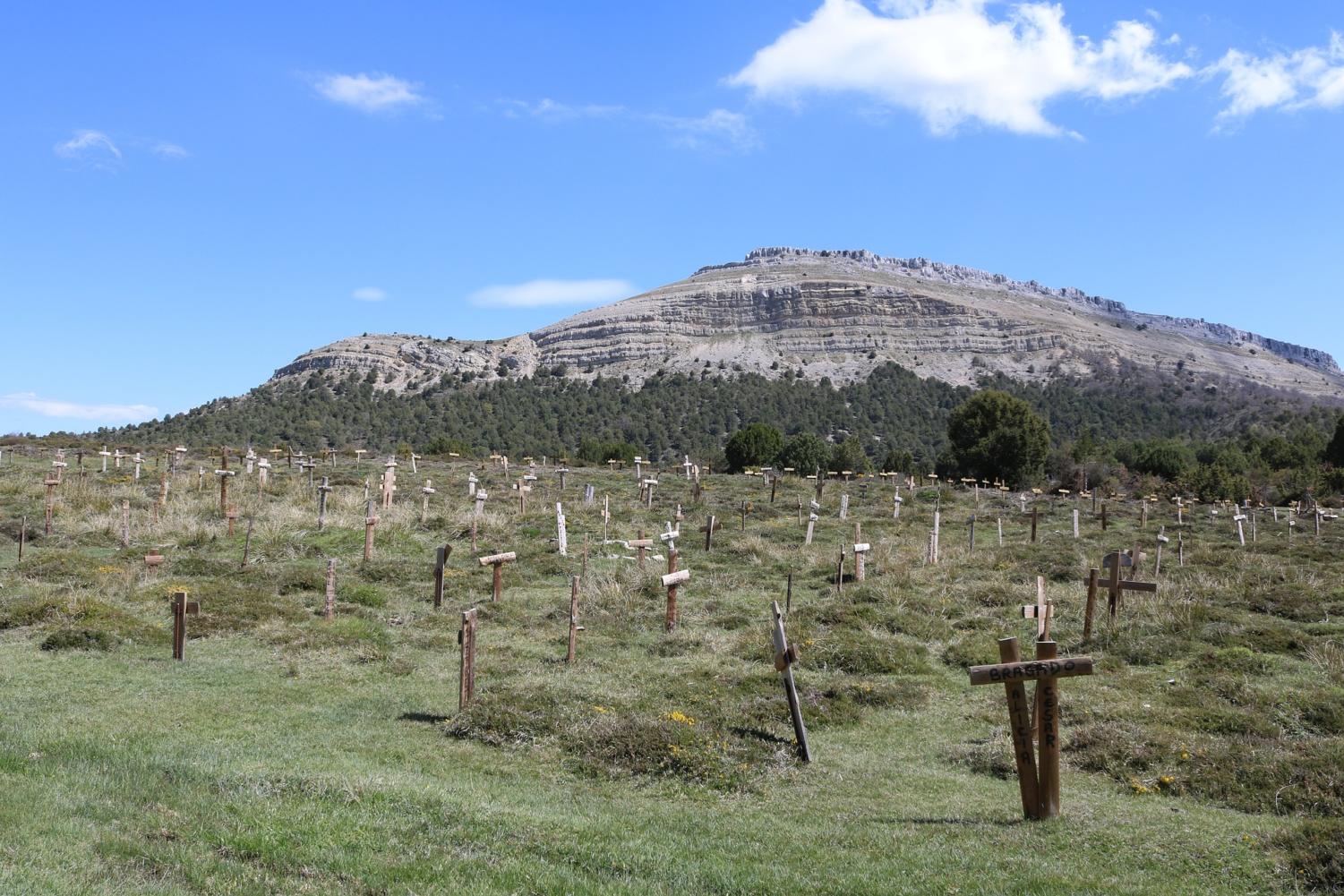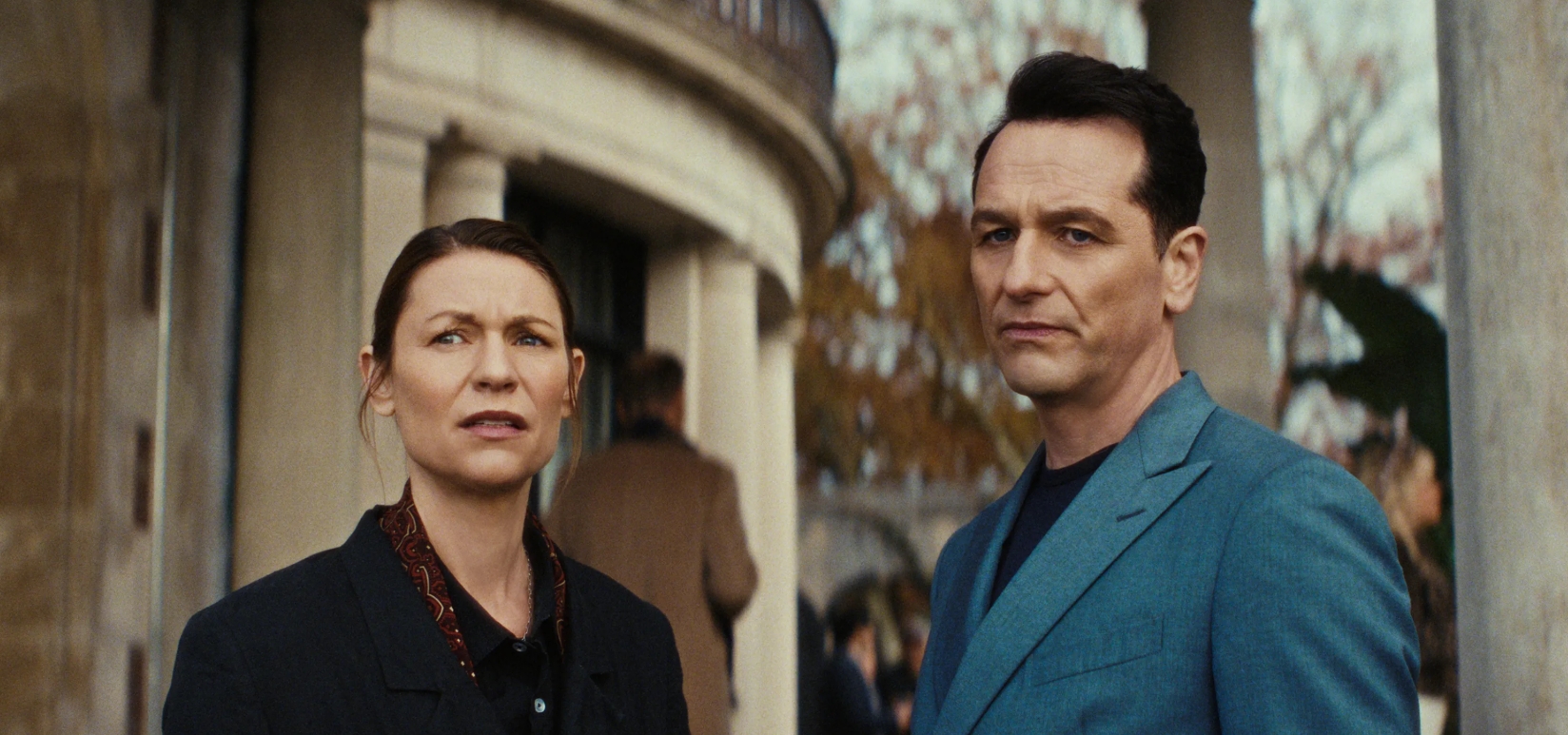The Western cinematic category is characterized by expansive vistas, lone protagonists, intense confrontations, and clear-cut ethical dilemmas. However, a select number of movies have so profoundly transformed and exemplified the genre as The Good, the Bad and the Ugly (1966). Helmed by Sergio Leone and propelled by Ennio Morricone’s legendary musical composition, this motion picture has not only attained a devoted following but has also re-envisioned the fundamental principles of Western narratives for audiences globally. A close look at its storytelling framework, visual methodologies, societal impact, and enduring heritage clarifies why it is frequently regarded as the quintessential Western.
A Revolutionary Approach to Storytelling
At its heart, the movie’s brilliance stems from Sergio Leone’s audacious challenge to conventional character molds. In this narrative, the distinctions between good and evil are masterfully obscured. The three main figures—Blondie (the Good), Angel Eyes (the Bad), and Tuco (the Ugly)—do not merely stand as stark moral contrasts, but rather as intricate, imperfect, and unpredictable personalities. None of them personify the archetypal virtuous cowboy or the unequivocally wicked outlaw seen in previous Westerns. Instead, each character is driven by their primal urge to survive, their avarice, and their distinct personal principles.
Leone structures the plot around a treasure hunt during the American Civil War, using the larger conflict as a backdrop rather than the focal point. This enables the director to spotlight the personal journeys and transformations of the central characters. The narrative interweaves their motivations and allegiances, culminating in a legendary three-way standoff—a set piece now imitated countless times across cinema.
Visual Narratives and Memorable Filmmaking
Leone’s visual sensibility is revolutionary for its time. The director’s use of extreme close-ups juxtaposed with vast landscape vistas creates an experiential tension unique to the film. Cinematographer Tonino Delli Colli employs natural light to accentuate the dust, sweat, and grit etched into each character’s visage, enhancing realism while also building mythic resonance.
Perhaps the movie’s most renowned visual segment is its finale at Sad Hill Cemetery. With swift cuts, changing viewpoints, and an agonizingly extended quiet, Leone crafts an almost unbearable tension. The interplay of gazes and gestures preceding the gunshots isn’t just dramatic flair; it’s a manifestation of psychological combat, forever reshaping how cinematic shootouts are envisioned.
Rewriting the Soundscape: Ennio Morricone’s Score
If Leone reimagined the visual lexicon of Westerns, Ennio Morricone fundamentally altered their auditory landscape. The central musical motif of the movie, distinguished by its coyote-esque cries, eerie whistles, and unconventional instrumentation, stands as one of the most iconic scores ever created. This musical composition transcends mere accompaniment; it operates as a driving narrative element, intensifying feelings, delineating personalities, and occasionally even punctuating the unfolding events with a theatrical magnificence.
Morricone’s score for each main character—a whistle for Blondie, a flute for Angel Eyes, and human voices for Tuco—serves as auditory leitmotifs, enriching their presence and internal worlds without the need for expository dialogue. The partnership between director and composer in this film set an enduring benchmark for the integration of music and cinema.
Moral Ambiguity and the Frontier Myth
Most previous Western movies glorified the frontier, portraying the West as a setting where virtue could overcome wickedness in an untamed landscape. Leone’s movie subverts this notion, depicting the Union and Confederate forces not as exemplars of righteousness or depravity, but as organizations prone to irrational brutality and dishonesty. The pointlessness and disorder of conflict are ever-present, making the quest for riches simultaneously ludicrous and profound.
The intricate ethical dilemmas faced by the central characters highlight the subtle boundary separating virtue and vice when driven by self-preservation and avarice. This inherent uncertainty provides a more genuine portrayal of the human experience, prompting viewers to challenge rigid moral frameworks and the straightforward heroism often found in traditional Westerns. Under Leone’s direction, the American frontier transforms into a symbolic representation of life’s unpredictability, perils, and moral complexities.
Influence and Imitation: Setting the Standard
The movie’s impact extends beyond its category. Filmmakers like Quentin Tarantino, Martin Scorsese, and the Coen Brothers have acknowledged its foundational role. The «Mexican standoff»—made famous by the graveyard finale—is now a worldwide cinematic symbol for suspense, deception, and fluctuating authority.
In addition, the film gave rise to the “spaghetti Western” subgenre, inspiring dozens of European and American productions that adopted Leone’s stylistic and thematic codes. The gritty realism, anti-heroic protagonists, and moral complexity became staples, eventually bleeding into American neo-Westerns, revisionist interpretations, and even unrelated genres, from science fiction to graphic novels.
On a technical front, Leone’s pioneering editing techniques, his utilization of the widescreen Techniscope format, and his groundbreaking integration of musical scores established the foundation for contemporary action filmmaking, shaping the editing pace and audio engineering found in today’s major motion pictures.
An enduring cinematic masterpiece
Multiple artistic elements intertwine within The Good, the Bad and the Ugly. The movie’s complex storyline, deep character portrayals, stunning visuals, and innovative sound design collectively forge a complete cinematic journey. Its exploration of aggression, ethics, and destiny’s capriciousness extends beyond its Western setting, providing an enduring reflection on humanity and dominance.
Through continuous innovation and bold narrative, Leone’s magnum opus resists succumbing to mere nostalgia. Rather, it persists as a foundational work—one that consistently provokes thought, delights, and motivates. With every new generation that rediscovers its gritty confrontations and profound inquiries, the movie stands as more than just a zenith of Western filmmaking; it is a pivotal moment in the universal lexicon of cinema itself.





